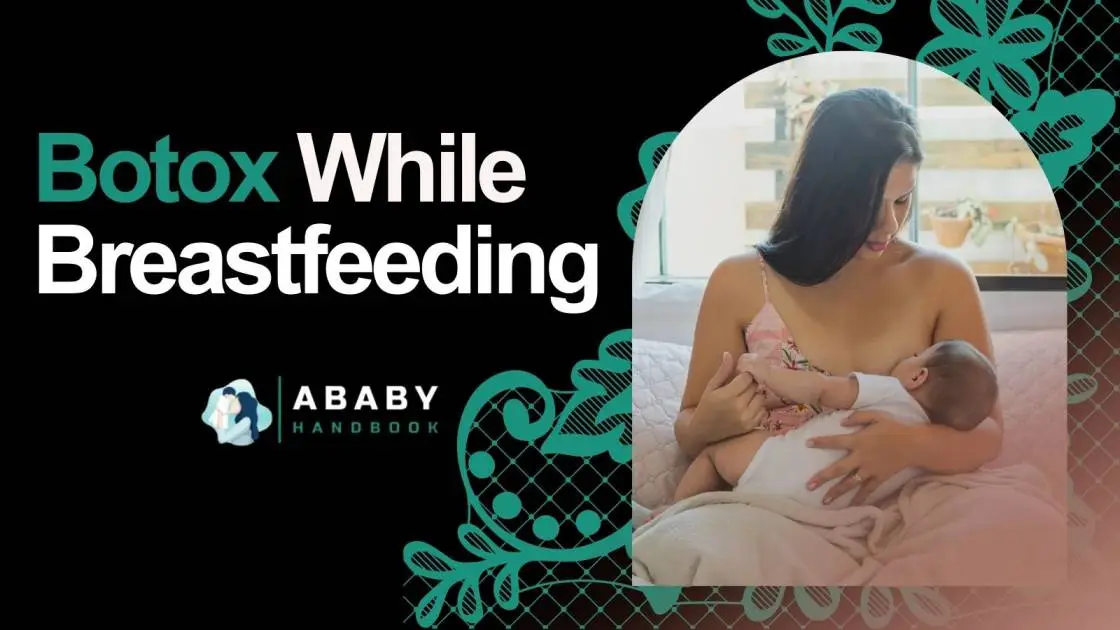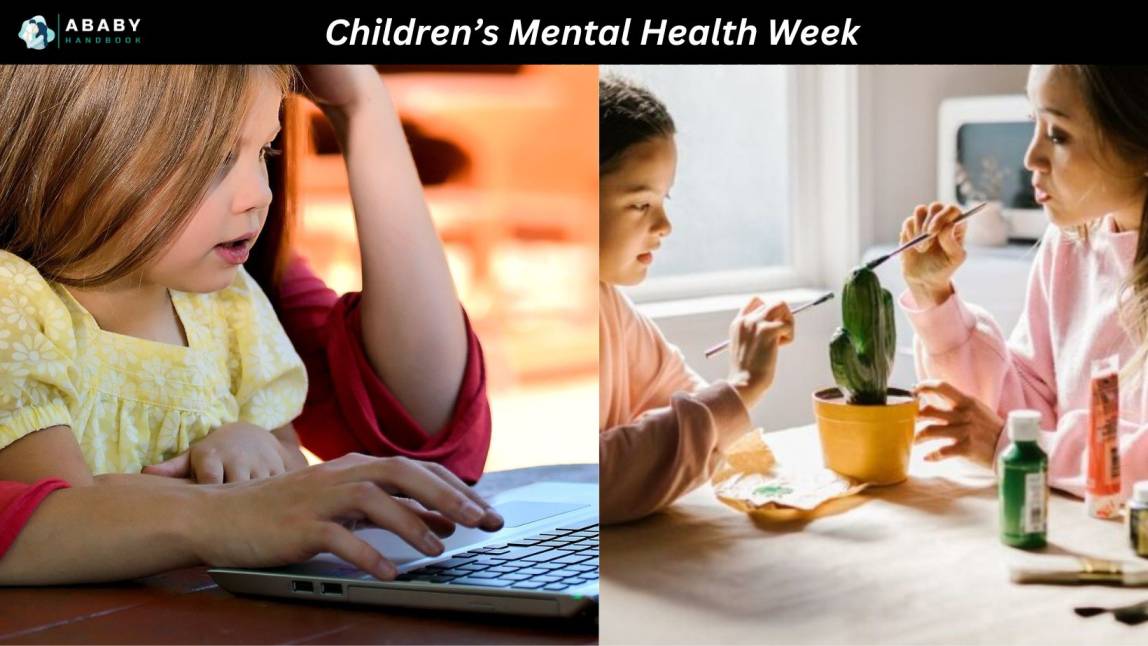What you need to know about the Botox While Breastfeeding? do celebrities get botox while breastfeeding? all you can know about the botox injections and breastfeeding in this guide.
Made from highly purified botulinum toxin type A, a neurotoxin derived from the bacterium Clostridium botulinum, Botox is an injectable medicine that momentarily paralyses muscles.
Read Also: Flaxseed And Breastfeeding: Safety, Benefits, And Precautions
Can I Get Botox While Breastfeeding?

Originally licensed in the United States in 1989, the onabotulinumtoxinA injection—often known as Botox—has several FDA-approved purposes.
Patients may choose to have intramuscular injections for management of:
long-term migraine muscular spasm
too much sweating over an overactive bladder incontinence
Botox's mechanism
Direct injection of Botox straight into the muscle is used. It causes paralysis of the muscle by stopping the action of the nerves in the area it is injected into. Botox has transient effects; so, the injections must be repeated in a few months' time to keep results.
Botox acts by stopping muscular contraction. The poison specifically stops the release of a contraction signal known as acetylcholine, therefore keeping the muscle in a relaxed state.
With 4.4 million Botox treatments done in 2020 despite COVID-19 lockdowns, this minimally-invasive cosmetic surgery is the most often used one in the United States for good reason! For many postpartum women, its effects endure for months and can significantly alter their look.
What is the name of the manufacturer of Botox?
What is the perspective of Botox manufacturer AbbVie? Two types of package inserts state, "it is not known," or rather, there is no evidence on the existence of either Botox or Botox Cosmetic in breastmilk, its effects on the breastfed infant, or milk production. Saying that the mother's clinical need for Botox, together with nursing advantages and any negative effects on the infant, should be taken into account when deciding whether or not to start therapy, they both counsel patients to ask their doctors before commencing treatment. This is a common response to lessen manufacturer liability, but it isn't always useful—or offer the proof you need to decide what to do.
Read Also: How To Wean A Toddler From Breastfeeding
Side Effects of Botox from an Adult Perspective
Side effects differ and depend on the injection site of the medicine. Cosmetically, for example, most often noted are headache accompanied with droopy or puffy eyelids. It should be mentioned that the package inserts for Botox and Botox Cosmetic feature a warning on the "risk of distant spread of toxin effect." They caution that Botox's effects could extend beyond the injection site and cause symptoms similar to botulinum toxin, including life-threatening trouble breathing or swallowing, from which death has already occurred. Patients with some underlying medical diseases are more vulnerable, they observe. They also counsel vigilance regarding medication interactions since Botox's effects can be amplified. Having said that, no clear mechanism exists whereby such a process might directly influence breastfeeding.
Current studies and strategies for reducing your baby's exposure
Mothers getting Botox injections while nursing sometimes want to pump and throw away the breast milk gathered 48 hours after treatment. Regarding Botox, there is no evidence for this "pump and dump" theory. Regarding alcohol, the CDC notes that this behavior DOES NOT reduce the content of alcohol in the breast milk; rather, it depends on blood alcohol level declining with time
The same ideas apply to Botox. Passive diffusion from the bloodstream into milk is the main mode of transfer even if there are several factors like the molecular size of the medication and its binding capacity to proteins by which drugs emerge in breast milk. How then much botulinum toxin is in the bloodstream? Based on the above mentioned factors, transfer is rather low (the molecule is just too huge). This suspicion is validated by one animal investigation showing no indication of botulinum toxin absorption outside the local injection site in rats or rabbits. Another review study revealed that although clear recommendations on the safety of injectables cannot currently be given, there is little worry for any notable systemic absorption of Botox. One case of a mother diagnosed with botulism who breastfed her child all through her illness without any issues has also been documented.
Watching your baby during Botox

Although Botulism following Botox injections is quite rare in patients, several cases have been documented resulting from improper dosage or frequency.
Usually occurring 2-6 days following injection, symptoms often include:
headache, dizziness
sleeplessness; weariness; distorted vision
eye opening challenge slurred speech disorder dysphagia
bucking constancy
Looking out for lethargy, irritability, swallowing difficulty, breathing difficulty, and droopy eyelids, even if to date there have been no reports of nursing babies diagnosed with botulism following their mothers received Botox injections should you still monitor your baby?
Exists any substitute for Botox?
Less-invasive options that might yield similar outcomes exist for women who have concerns about applying cosmetic Botox while nursing. As aged skin loses collagen and generates less hyaluronic acid, wrinkles show. Because of its water-attracting chemical structure, many people find that using a hyaluronic acid serum into their skin care regimen causes instantly obvious plumping results. Moreover, making sure the diet includes antioxidant-rich fruits and vegetables and guarantees enough hydration will help to solve the skin issues at hand in a safe and sensible manner.
Remarks Regarding Botox
Botulinum poison is quite lethal and highly harmful. Botox injections should be advised by a doctor and administered by a licenced medical practitioner to avoid major disease and adverse effects. The right dosage will be prescribed by a doctor; a licensed medical practitioner will know how to inject the medication correctly into the muscle.
Botx Side Effects
Along with dry mouth, headache, and tiredness, Botox's adverse effects could include discomfort, edema, and bruising at the injection site.
Having trouble swallowing
Problems speaking
Weakness in muscles
Finding difficulty breathing
Sloshy eyelids
Vision that is blurry
An allergic reaction shows up as itching, rash, hives, and wheezing.
Though adverse effects in a breastfed infant are not expected, keep an eye on your child for indications of weakness or stomach problems.
Do Celebrities Get Botox While Breastfeeding?

Some sites claim that most doctors advise nursing moms to avoid Botox While Breastfeeding since the possible hazards to the baby exceed the advantages to the mother.
Must Read: How to Safely Use Ashwagandha While Breastfeeding
FAQs
Is Botox safe during breastfeeding?
Though most professionals agree that undergoing Botox while nursing is unlikely to damage your infant, especially if you breastfeed before the treatment rather than straight thereafter, there is not direct study on this issue. One. Find out more about the safety of having Botox while pregnant.
Can Botox affect your baby?
Category C cosmetic injectables like Botox are thought to cause unknown damage to unborn children and pregnant mothers. You should avoid them since it is impossible to verify whether they are secure.
How long does Botox stay in your system?
Botox usually has effects lasting three to four months on average. At this point retreatment is advised. Your muscles might eventually, however, learn to contract less.
Conclusion
A breastfed baby in a mother who gets Botox injections has minimal risk. The choice to have injections finally rests with you and your team of doctors since little study has been done on the safety of Botox While Breastfeeding. Variables affecting that decision will be your comfort level and Botox need or desire. Whatever your decision, we truly appreciate you giving this some thought and wish you the very best during your nursing career and beyond.








